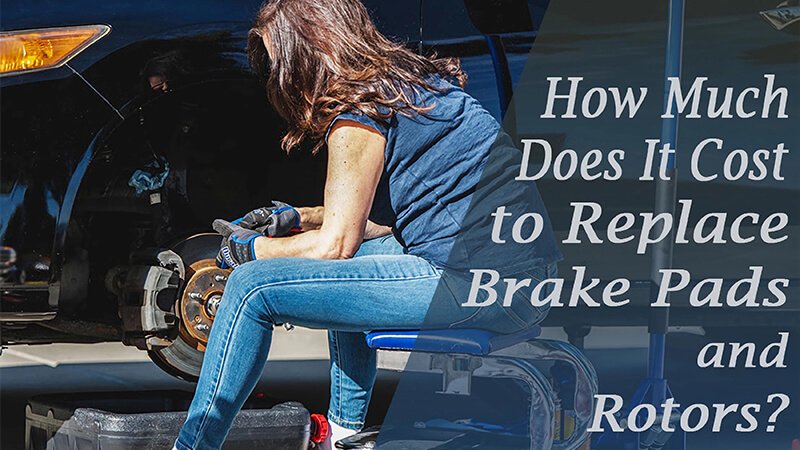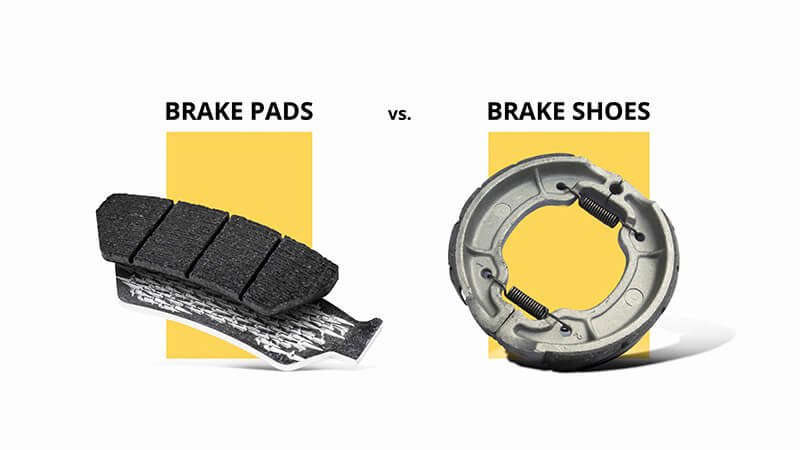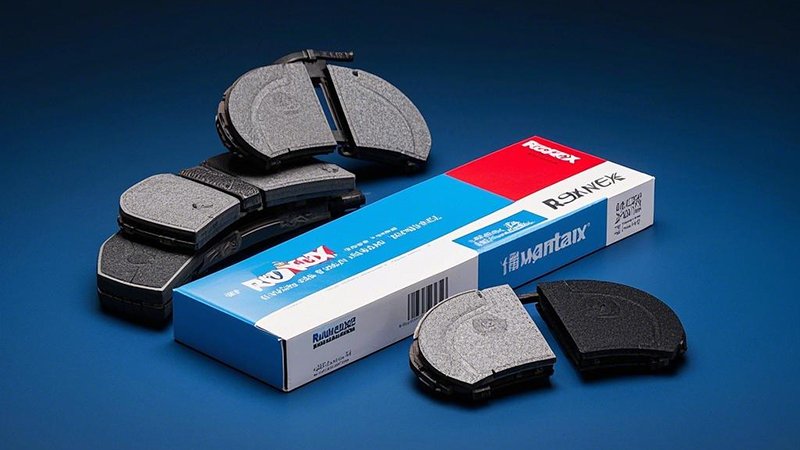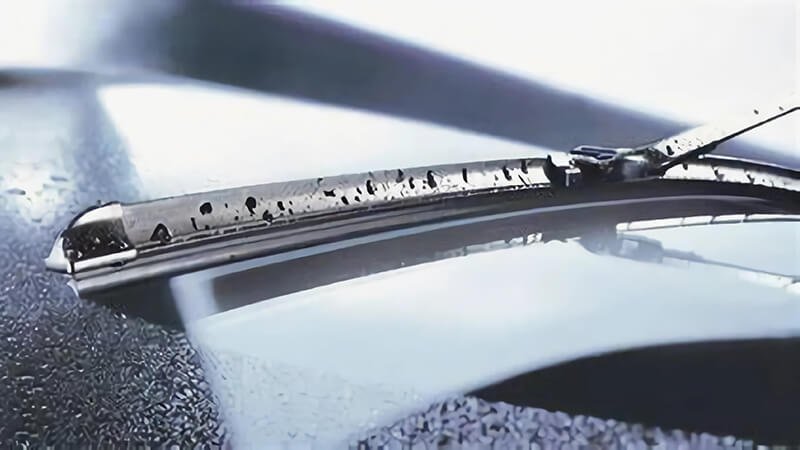When it comes to vehicle safety, brake performance is everything. But a simple mistake, like applying grease to brake pads, can turn a reliable system into a dangerous liability.
Putting grease on brake pads destroys friction and can lead to total brake failure. Grease contaminates the pad surface, reduces stopping power, and increases stopping distance—making driving unsafe.
I once had a distributor call in a panic — one of their new technicians had applied grease to the brake pads. I explained: grease compromises friction, causing brake failure. That's why we always emphasize proper training and provide clear product handling guides with our auto brake pads.

How do you get grease off brake pads?
If your brake pads accidentally get contaminated with grease, don’t ignore it. The longer the grease stays, the more performance deteriorates. And when it comes to brakes, every second matters.
To remove grease from brake pads, use brake cleaner and a clean cloth. Light surface contamination might be cleaned, but heavily soaked pads should be replaced to ensure safe braking.
Why removal matters
When grease reaches a brake pad's surface, it fills the micro-pores essential for friction generation. Even after cleaning, some residue may remain. Here’s a quick guide:
| Situation | Recommended Action |
|---|---|
| Light surface grease | Clean with brake cleaner1, wipe dry |
| Heavy surface grease | Replace pads immediately |
| Grease penetrated into pad material | Replace pads immediately |
| Grease on rotor as well | Clean rotor thoroughly or replace if needed |
Steps to clean
- Remove brake pads from the caliper.
- Spray a generous amount of brake cleaner onto the pad surface.
- Wipe off with a lint-free cloth.
- Inspect for discoloration, deep stains, or loss of texture.
- If any damage or residue remains, replace the pads.
Remember: No cleaning method fully restores contaminated pads. If you have doubts, always replace them.

What happens if you get oil on brake pads?
Oil contamination on brake pads is as dangerous as grease, and the effects can appear even more gradually—fooling drivers into a false sense of security.
Oil on brake pads reduces friction, causes glazing, and can permanently damage the pad material. This leads to longer stopping distances and the risk of complete brake loss. Replacement is usually necessary.
Understanding the damage
Oil penetrates porous brake pad material and changes its physical properties:
How oil affects brake pads
| Effect | Result |
|---|---|
| Reduced friction2 | Longer stopping distances |
| Glazing | Hard, shiny surface = poor grip |
| Pad deformation3 | Uneven wear and vibration |
| Rotor contamination4 | Reduced rotor life and squealing noise |
Can you save oil-contaminated pads?
- Light contamination: If caught immediately, surface oil can be wiped and cleaned—but reliability is compromised.
- Heavy contamination: Oil soaking the pad material requires replacement. No cleaning can fully remove the oil.
- Rotor check: Always inspect the rotor too. Oil on the rotor must be cleaned or the rotor replaced.
Safe braking is non-negotiable. If in doubt, replace both pads and rotors.

Is it safe to put WD-40 on brake pads?
It may sound obvious, but in the field, I’ve seen even experienced technicians mistakenly use WD-40 thinking it helps reduce brake noise. The result? Dangerous brakes.
No, it is not safe to put WD-40 on brake pads. WD-40 is a lubricant and penetrant. It destroys friction, contaminates the pads, and makes the braking system unsafe.
Why WD-40 is a brake killer
WD-40 penetrates the pad material and rotor5 surface. Here’s what happens:
WD-40 Effects on Braking System
| Component | Effect |
|---|---|
| Brake pads | Loss of friction, glazing, squealing |
| Rotor | Surface contamination, reduced friction, squealing |
| Caliper | Possible seal swelling or damage if WD-40 spreads |
My advice
- Never use WD-40 near braking surfaces.
- If WD-40 accidentally contacts the pads, remove and replace them.
- Clean the rotor thoroughly and inspect the entire braking assembly6.
Remember: Brake noise should be addressed through proper pad bedding, hardware replacement, or rotor resurfacing—not lubrication.

Why is it bad to lubricate brake pads of bicycles and vehicles?
It’s easy to misunderstand where lubrication belongs in a braking system. Pads? Never. Lubrication is only for metal-to-metal contact points where no friction is needed—such as caliper slide pins or pad backing plates (and only with correct high-temp brake grease).
Lubricating the friction surface of brake pads—whether for cars or bicycles—destroys braking performance and makes the system unsafe. Pads should never be lubricated.
Breaking down the mistake
Common misconceptions
| Misconception | Reality |
|---|---|
| Lubrication reduces brake noise7 | It causes total loss of braking ability |
| Bicycle brakes are different | Same principle: friction must remain intact |
| Small amount won’t hurt | Even tiny amounts reduce braking safety |
Correct lubrication practices
- Use high-temperature brake grease only on pad backing plates and caliper slide pins—not on pad surfaces or rotors.
- For bicycle disc brakes8, avoid any lubricant near rotors or pads. Clean with isopropyl alcohol only.
- Any accidental lubrication of pad surfaces9 requires immediate replacement of the pads.
Case in point
I once assisted a bicycle shop that had unknowingly lubricated disc brake pads on an entire batch of demo bikes. The result? Total brake failure during test rides. We had to replace all contaminated pads and educate the staff. The same mistake on auto brake pads can have far more dangerous consequences on the road.

Conclusion
Grease, oil, or WD-40 on auto brake pads is a critical safety hazard. These substances destroy friction, cause brake failure, and put drivers at serious risk. Cleaning may help in minor cases, but replacement is the only safe option for most contamination. Proper technician training and understanding of where lubrication belongs—and where it doesn’t—are essential to maintaining safe, high-performing braking systems10. At Runex Auto, we emphasize these best practices with every shipment, because when it comes to brakes, safety always comes first.
-
Explore this link to find the most effective brake cleaners that ensure optimal performance and safety for your vehicle's braking system. ↩
-
Understanding reduced friction can help you grasp its impact on vehicle safety and braking efficiency. ↩
-
Exploring pad deformation will provide insights into brake wear and vehicle handling, crucial for safe driving. ↩
-
Learning about rotor contamination is essential for maintaining brake system integrity and ensuring safety on the road. ↩
-
Learn about the consequences of WD-40 on rotors to ensure your braking system functions effectively and safely. ↩
-
This resource will guide you on inspecting your braking assembly to prevent potential hazards and ensure safety. ↩
-
Understanding the causes of brake noise can help you maintain your vehicle's safety and performance effectively. ↩
-
Explore expert tips on maintaining bicycle disc brakes to ensure safety and performance during rides. ↩
-
Learn why lubricating brake pads can lead to serious safety issues and how to avoid these mistakes. ↩
-
Know all types of auto brake pads from Runex, clicking this link to get all inforamtion and price for your buisness. ↩













